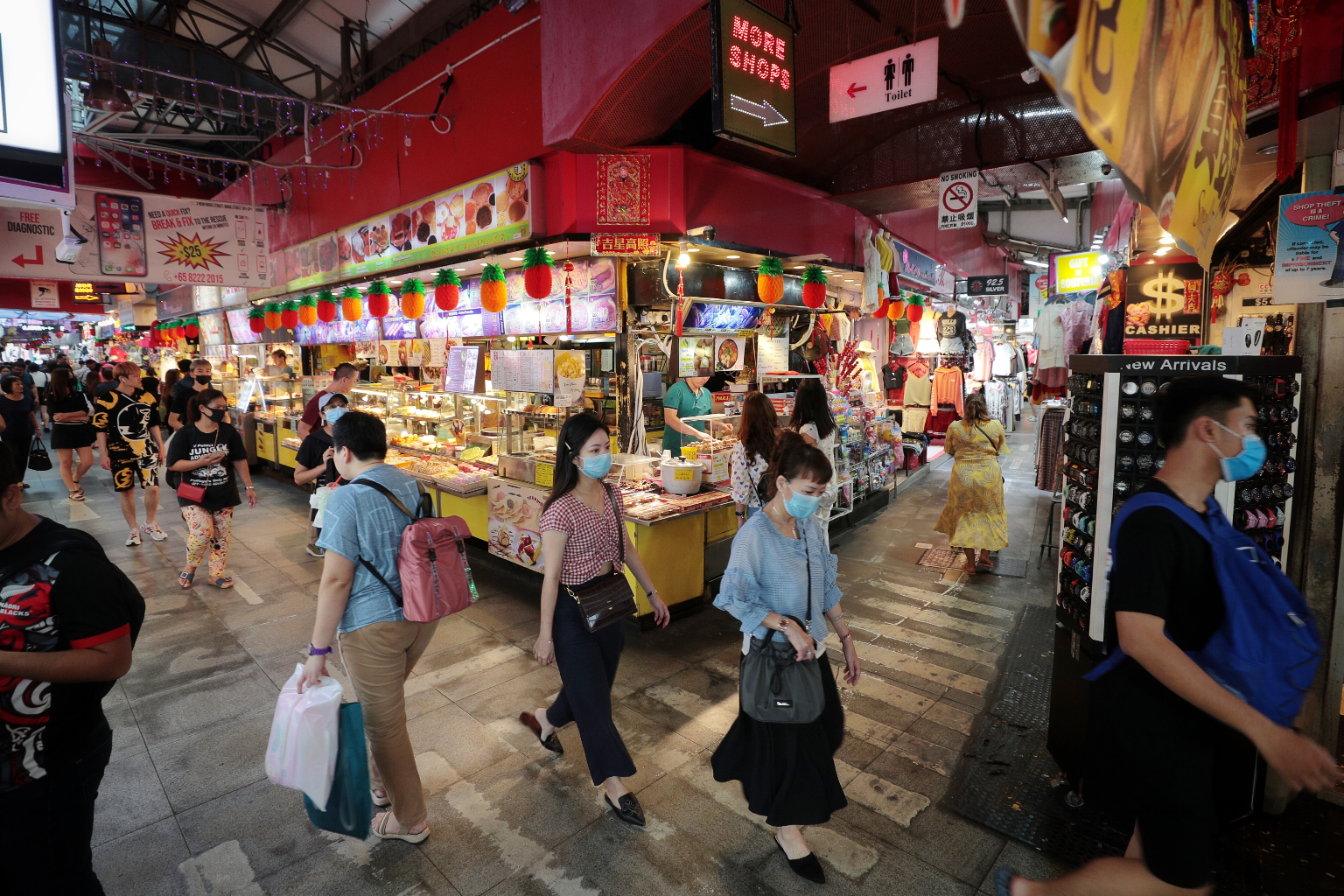Lowest income groups least impacted by rising prices in second half of 2021
Sign up now: Get ST's newsletters delivered to your inbox

The lowest income group saw the smallest increase in inflation rates as the rise in car and petrol prices had less of an impact on them.
PHOTO: ST FILE
Follow topic:
SINGAPORE - The lowest income groups saw the smallest increase in consumer prices in the second half of last year, compared to those from the middle and higher income groups, according to the Singapore Department of Statistics on Monday (Jan 24).
This comes as Singapore's consumer price index (CPI) for all items between July and December last year rose by 3.1 per cent year on year, which is double the 1.5 per cent increase in the first half of last year. The index is used as a measure of consumer price inflation.
For those whose household incomes were in the lowest 20 per cent bracket, the CPI for all items rose by 2.4 per cent year on year during the period, compared to 2.7 per cent for the middle 60 per cent in household income, and 3.7 per cent for the highest 20 per cent in household income.
Excluding rentals on owner-occupied accommodation, the CPI for the lowest, middle, and highest income groups rose by 2.3 per cent, 2.8 per cent and 4.1 per cent year on year respectively.
The main contributors to the higher inflation rates were cars, accommodation, petrol, food and electricity, but these price increases were partially offset by lower costs of telecommunication services and clothing and footwear.
The lowest income group saw the smallest increase in inflation rates as the increase in car and petrol prices had less of an impact on them.
Pump prices rose from $2.42 to $2.47 on July 2 last year to $2.55 to $2.57 per litre on Dec 28 for 92-octane petrol, while prices for 95-octane prices increased from $2.44 to $2.54 per litre to $2.58 to $2.61 over the same period.
Out of the three income groups, those in the lowest income bracket spend the highest proportion of their income on housing and utilities, as well as on food.
In contrast, the highest income group spent a larger proportion of their income on cars and petrol compared to the lowest and middle income groups.
Associate Professor Yeo Wee Yong from the National University of Singapore's finance department said the prices of items such as cars, petrol and electricity tend to affect higher income groups more.
"Although food prices increased as well, prices of items such as clothing, footwear and telecommunication services that may also take up a big proportion of the income of lower income groups fell," he said.
Inflation is set to be a key challenge in 2022, as prices rise across different consumer goods, exacerbated by supply chain disruptions, border restrictions due to the Covid-19 pandemic and an impending hike in the Singapore goods and services tax from 7 per cent to 9 per cent.

